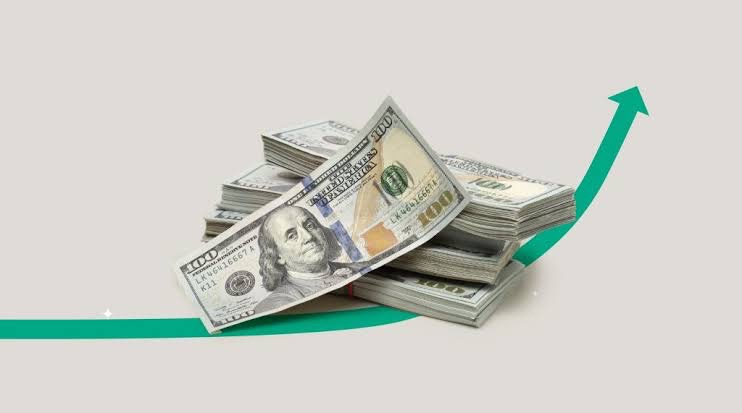Foreign exchange (FX) inflows into Nigeria surged to a five-year high in the month of March as investor confidence improves on the back of the Central Bank’s reforms.
According to data obtained from FMDQ’s website, total inflows into the Nigerian Autonomous Foreign Exchange Market (NAFEM) increased by 41.7 percent to $3.75 billion in March as against $2.64 billion recorded in February – the highest level since March 2019 ($6.07 billion).
Inflows from foreign sources spiked 39.6 percent to $1.54 billion, the highest in over four years.
The data revealed that local sources accounted for 59 per cent of total transactions, while foreign sources contributed 41 per cent of gross transactions.
Analysing the breakdown, inflows from local sources increased by 43.2 percent to $2.21 billion in March as against $1.54 billion in February driven by higher accretions from Individuals (+405.8 percent), Non-Bank Corporates (+157.7 percent), and Exporters (+14.6 percent) segments, while inflow from the CBN declined by 65.7 percent, a sign of the growing maturity of the market.

Overall, total inflows into the NAFEM window averaged $2.47 billion in Q1 2024, compared to $1.34 billion in Q4 2023 and $1.09 billion in Q1 2023.
The improved liquidity in the official market has helped the naira to a three-month high with analysts expecting the currency to sustain its rally. The naira closed at N1,251 per US dollar last Friday at the official market, according to data by FMDQ.
The CBN has won rare plaudits from investors after clearing a protracted foreign exchange forwards backlog, raising interest rates and enthroning a more transparent pricing mechanism for foreign exchange.
Olaitan Ibrahim